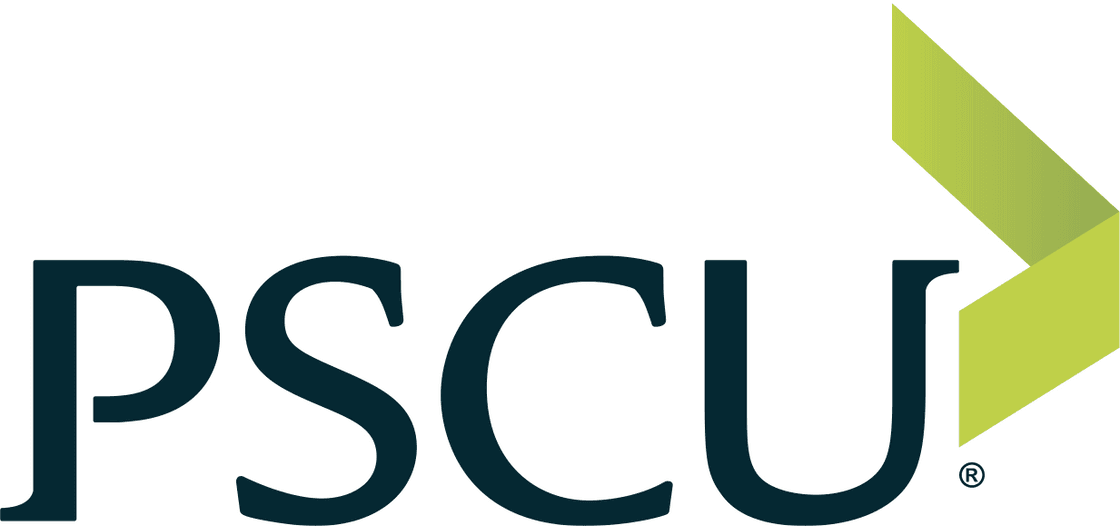Executive Summary
Credit unions are unusual organizations. They are cooperatives designed to serve their members, and, although they are not-for-profit, they are expected to be profitable. They are also regulated financial institutions, which means that they must operate within closely defined parameters. So can a credit union ever hope to stand out from the pack by adopting new methods of management—methods that entrust employees with greater responsibilities for serving members and delivering exceptional financial results?
We believe they can, and indeed, some financial organizations have already done so, as we describe later in this report. The most powerful approach we have seen is known as open-book management (OBM). The research analyzed in our second report, The Practice of OpenBook Management in Credit Unions, showed that the more open-book characteristics a credit union exhibits, the better its performance is likely to be.
In the current report, we asked executives from high-performing credit unions to describe and evaluate open-book practices in their own organizations. The responses, described in depth and with remarkable candor, indicate where these executives feel their organizations are strongest and where they are still facing challenges.











